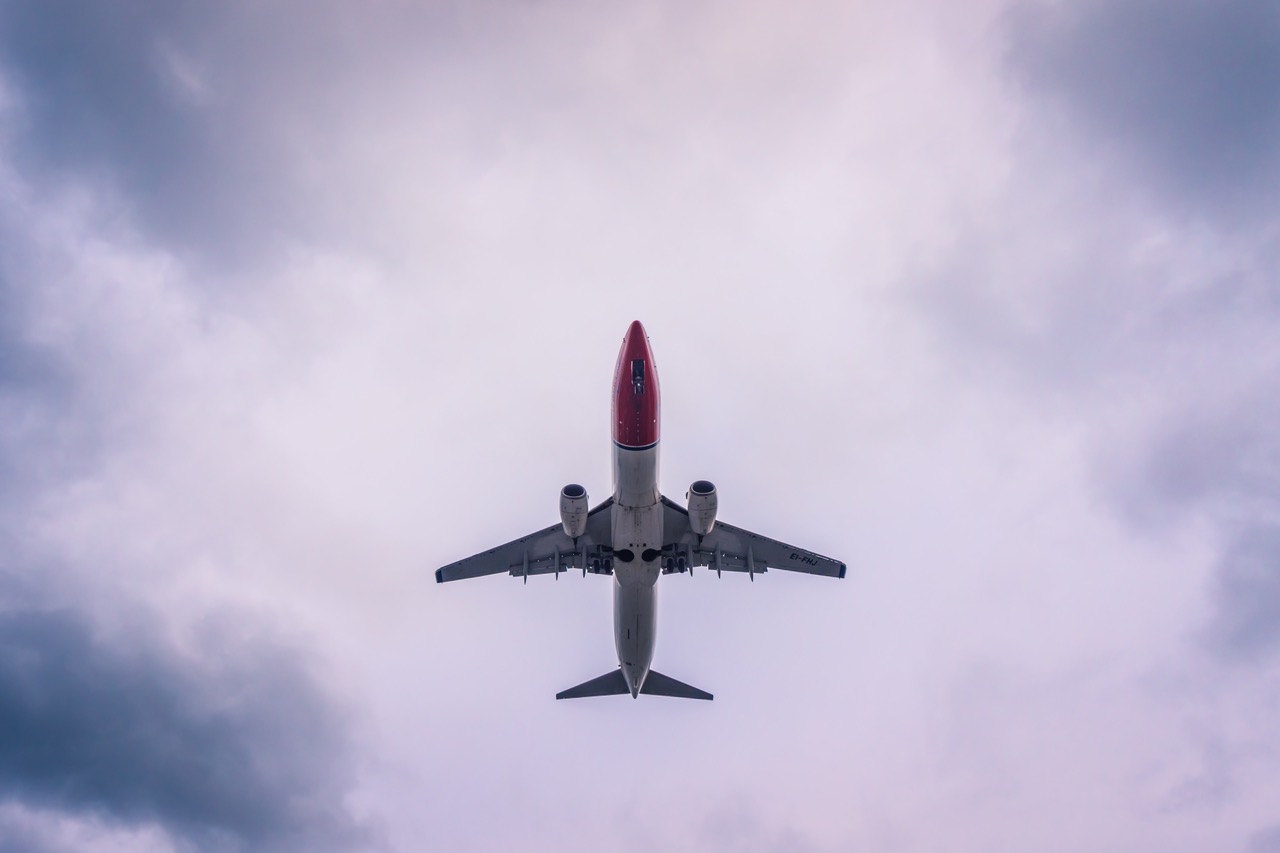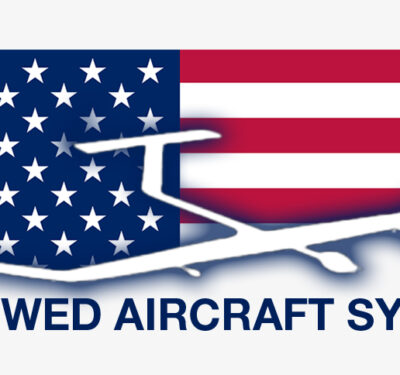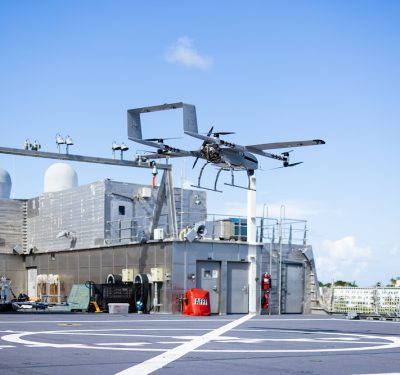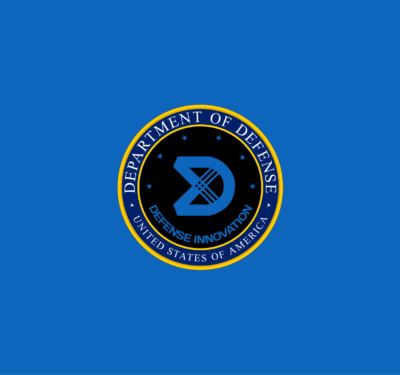
The federal government should devote more funds and manpower to preventing the kind of drone incursion that shut down London Gatwick Airport (LGW) in December 2018, according to a recent report.
The incident, which scrambled holiday travel for more than 27 hours, was intentional and calculated, concluded the Blue Ribbon Task Force (BRTF) on UAS Mitigation at Airports.
“In what officials believe was a deliberate attack on LGW, a UAS (unmanned aircraft system) operator (or operators) was alleged to launch a UAS intermittently from multiple sites around the airport to fly and hover on or near airport property for more than twenty-four hours,” the Task Force wrote. “The timing of the repeated launches is believed to have been a deliberate effort to prevent the airport from reopening after its initial closure. The radio frequency (RF) signal from the UAS was not transmitting, meaning the UAS and its operator’s identity and location were obscured from RF detection. The UAS’s lights were on at night, however, to ensure it would be visible by sight, resulting in the airport remaining closed.”
With an eye on that incident the Association for Unmanned Vehicle Systems International (AUVSI) and Airports Council International-North America (ACI-NA) commissioned the BRTF in May 2019 to assess the risks posed by such UAS flights and make recommends on how best to deal with the threat. They named as co-chairs Michael Huerta, who recently served as administrator for the Federal Aviation Administration (FAA), and Deborah Flint, the CEO of Los Angeles World Airports.
UAS pose a serious threat to manned aircraft given their potential to damage aircraft and their engines during a collision. As a result manned aircraft are typically grounded if UAS are in the area. The drone incursions at Gatwick scrambled the flights of more than 160,000 passengers and caused economic losses in the tens of millions of British pounds, the BRTF said.
To prevent more such disruptions the Task Force recommended that federal governments and airport operators share the responsibility for detecting rogue drone flights.
“Many airports,” the BRTF wrote, “simply have no ability to engage in the monitoring of UAS activity—the process for deploying UAS DTI (detection, tracking, and identification) technology is complicated and expensive and beyond the scope of many airports’ resources and capacity. Without a robust federal role, an unacceptable security gap will continue to exist at many airports across the U.S. and Canada.”
Standards for detection need to be set, the task force said, and the U.S. and Canada need to allocate sufficient, consistent federal funding to take on the monitoring role.
The U.S. Congress and the Cabinet in Canada also need to extend the authority of state and local law enforcement agencies to allow them to engage in enforcing the rules including, as a last resort, interdicting illegal UAS flights.
“In fact federal authorities generally will not deploy resources to an airport until local law enforcement resources are exhausted, Huerta said during media briefing on the report. “But there is a problem because, despite this practice, local law enforcement lacks the authority and the resources to mitigate drones in real time — effectively ensuring that any response will fall short and require federal action that will unlikely be timely enough to actually mitigate the threat.”
There also need to be protocols, training, and practice exercises to support counter UAS activities (C-UAS), the task force said, suggesting that the deputation of C-UAS authority to state and local law enforcement begin with a pilot program. That program should be open to no less than six participating airports in order to gather information on different operating conditions, organizational models, and local law enforcement relationships. In the U.S., the BRTF said, the pilot should be overseen by the Department of Justice in consultation the Department of Homeland Security and, in Canada, by Public Safety.
“The pilot program would bring airports, federal agencies, state, provincial, and local law enforcement together with private sector entities that manufacture UAS, detection systems, and mitigation technology,” the task force said, and should be authorized by the federal governments “straightaway.”






